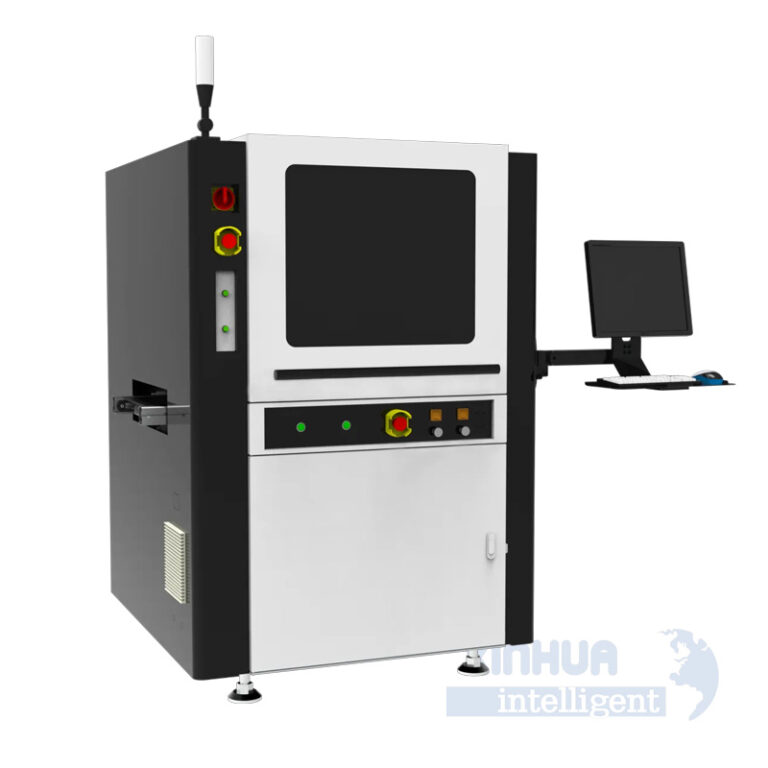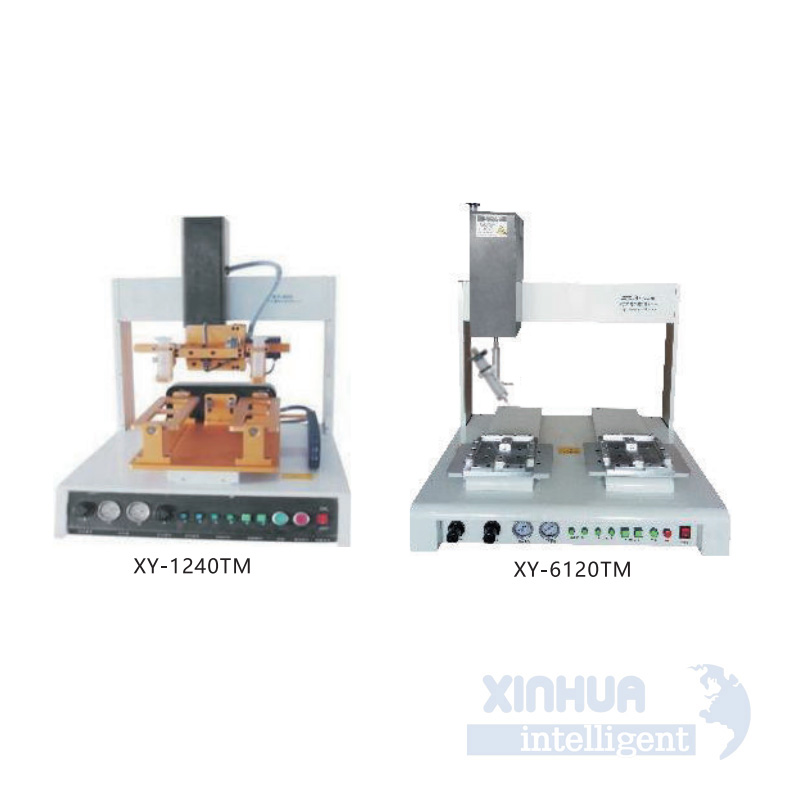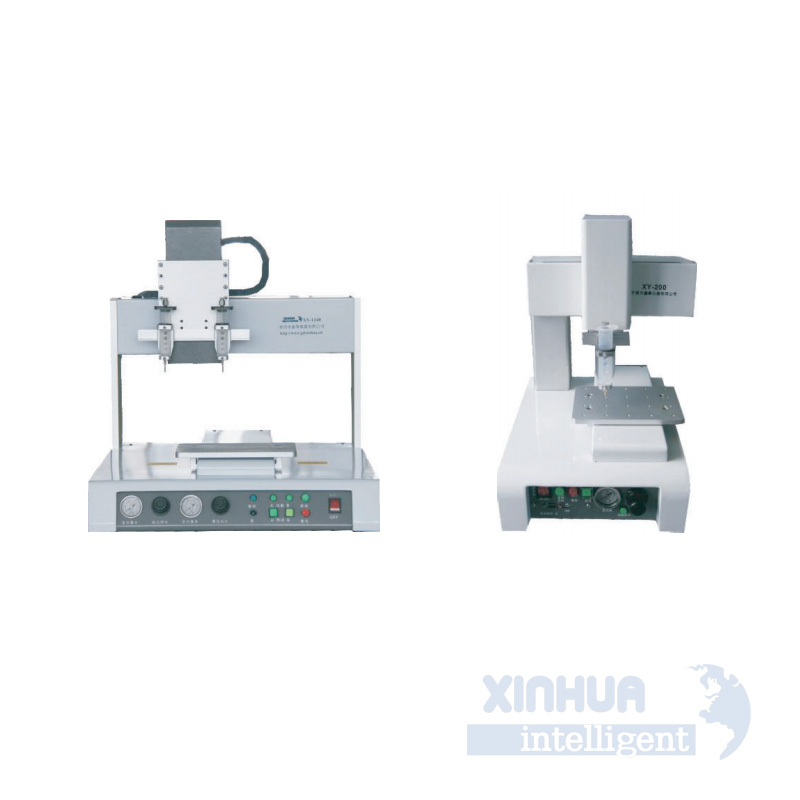
The Rise of High Power UV Curing Lights: Overcoming Challenges, Delivering Precision
In today’s advanced manufacturing and industrial environments, high power UV curing lights have become indispensable tools across a wide range of sectors—from electronics and automotive to medical devices and 3D printing. These systems offer rapid, energy-efficient, and precise curing of adhesives, coatings, inks, and resins using ultraviolet light. However, despite their growing popularity, deploying high power UV curing lights effectively comes with its own set of challenges. In this article, we’ll explore the most common pain points associated with these systems, examine practical and technical solutions, highlight real-world applications, and conclude with a call to action for professionals seeking reliable UV curing technology.
—
1. Common Pain Points or Challenges
While high power UV curing lights deliver unmatched performance in terms of speed and precision, several challenges can hinder optimal operation if not properly addressed.
A. Heat Build-Up and Thermal Damage
One of the primary concerns with high power UV systems is thermal output. Unlike traditional UV lamps that emit a broad spectrum including infrared (IR) radiation, modern LED-based UV curing systems are more efficient but still generate significant heat due to high power density. This can lead to substrate damage—especially when working with temperature-sensitive materials such as plastics, thin films, or flexible electronics.
B. Uneven Curing and Shadow Areas
Achieving uniform UV exposure over complex geometries or large surfaces is another major challenge. Components with irregular shapes or shadowed areas may not receive adequate UV dosage, resulting in incomplete curing and compromised product quality.
C. System Integration and Compatibility Issues
Many manufacturers struggle with integrating high power UV curing lights into existing production lines. Compatibility issues with conveyor systems, PLCs (programmable logic controllers), or other automation equipment can cause delays and reduce throughput. Additionally, ensuring seamless communication between UV systems and control software is often overlooked during integration.
D. Maintenance and Lifespan Limitations
Although UV LEDs boast longer lifespans than mercury lamps, they are not immune to degradation over time. Without proper monitoring and maintenance, output intensity can diminish, leading to inconsistent curing results. Moreover, replacing UV modules or cooling components can be costly and time-consuming if not planned strategically.
—
2. Practical and Technical Solutions
To overcome these challenges, industry leaders have developed innovative engineering and operational strategies tailored to the unique demands of high power UV curing systems.
A. Advanced Thermal Management Systems
Modern high power UV curing systems incorporate intelligent cooling technologies such as liquid cooling, thermoelectric coolers, and active airflow management. These mechanisms help maintain optimal operating temperatures, reducing thermal stress on both the system and the workpiece. Some systems also include closed-loop feedback controls that adjust UV output based on real-time temperature data to prevent overheating.
B. Optimized Optics and Beam Shaping
To address uneven curing and shadow areas, engineers use precision-engineered optics and beam shaping techniques. By tailoring the UV light distribution through reflectors, lenses, or diffractive optical elements (DOEs), it’s possible to ensure even coverage across complex surfaces. In addition, multi-angle irradiation setups or robotic arms equipped with UV heads allow for dynamic positioning, minimizing shadow effects.
C. Modular Design and Smart Integration
High power UV curing systems now feature modular designs that simplify integration with various industrial platforms. These systems often come with standardized interfaces (e.g., EtherCAT, Modbus TCP, IO-Link) that enable seamless communication with factory automation systems. Furthermore, smart control panels with HMI (Human-Machine Interface) allow operators to monitor and adjust parameters remotely, improving process control and reducing downtime.

D. Predictive Maintenance and Monitoring
To enhance reliability and extend system lifespan, many manufacturers implement predictive maintenance features. These include embedded sensors that track lamp life, UV intensity, and system diagnostics. When performance drops below set thresholds, alerts are triggered to schedule maintenance or recalibration. Some systems even support cloud connectivity for remote monitoring and data analysis, enabling proactive troubleshooting.
—
3. Real-World Applications
The effectiveness of high power UV curing lights is best illustrated through their diverse applications across industries. Below are some key examples:
A. Electronics Manufacturing
In printed circuit board (PCB) assembly and semiconductor packaging, high power UV curing lights are used to bond components, encapsulate sensitive parts, and apply conformal coatings. Their ability to cure rapidly and selectively without damaging nearby heat-sensitive elements makes them ideal for high-volume, high-precision environments.
B. Automotive Assembly
The automotive industry leverages UV curing for bonding glass, sealing headlamps, and applying anti-glare coatings. For example, windshield bonding with UV-curable adhesives ensures structural integrity while allowing for faster cycle times compared to traditional methods. High power systems ensure deep and consistent curing, even for thick adhesive layers.
C. Medical Device Production
UV curing plays a critical role in assembling medical devices such as catheters, syringes, and diagnostic instruments. The non-contact nature of UV curing, combined with its sterility and precision, makes it well-suited for cleanroom environments. High power UV systems enable rapid curing of bio-compatible adhesives without introducing contaminants or thermal stress.
D. Industrial 3D Printing and Additive Manufacturing
In additive manufacturing, especially resin-based 3D printing (e.g., DLP and SLA), high power UV curing lights are essential for solidifying photopolymer layers. As print speeds increase and part complexity grows, powerful and uniform UV sources are required to ensure dimensional accuracy and mechanical strength. Innovations in UV LED arrays have made it possible to scale up production while maintaining fine detail resolution.
E. Packaging and Labeling
In the packaging sector, UV curing is widely used for printing and coating applications. High power UV lights enable instant drying of inks and varnishes on flexible substrates, improving throughput and reducing smudging. They also support sustainable practices by eliminating volatile organic compounds (VOCs) commonly found in solvent-based inks.
—

4. Conclusion: Embracing the Future of UV Curing with Xinhua Intelligent
As industries continue to evolve toward higher efficiency, greater precision, and more sustainable practices, high power UV curing lights will play an increasingly vital role. From managing thermal challenges to enabling smarter, more integrated production lines, the right UV curing solution can significantly impact product quality, process reliability, and overall cost-effectiveness.
At the forefront of this technological advancement is Xinhua Intelligent, a leader in high-performance UV curing systems tailored for demanding industrial applications. With a comprehensive portfolio of high power UV curing lights featuring cutting-edge thermal management, intelligent controls, and modular integration capabilities, Xinhua Intelligent empowers manufacturers to achieve superior results across a wide array of processes.

Whether you’re involved in electronics, automotive, medical device production, or advanced manufacturing, partnering with Xinhua Intelligent means investing in innovation, precision, and long-term value.
Ready to elevate your UV curing process? Contact Xinhua Intelligent today to discover how our high power UV curing solutions can transform your production line. Visit [www.xhuvlight.com](http://www.xhuvlight.com) or reach out to our team of experts to schedule a consultation.
—
By leveraging the latest advancements in UV curing technology, manufacturers can overcome traditional limitations and unlock new levels of productivity and performance. Don’t let outdated systems hold you back—step into the future with Xinhua Intelligent.
